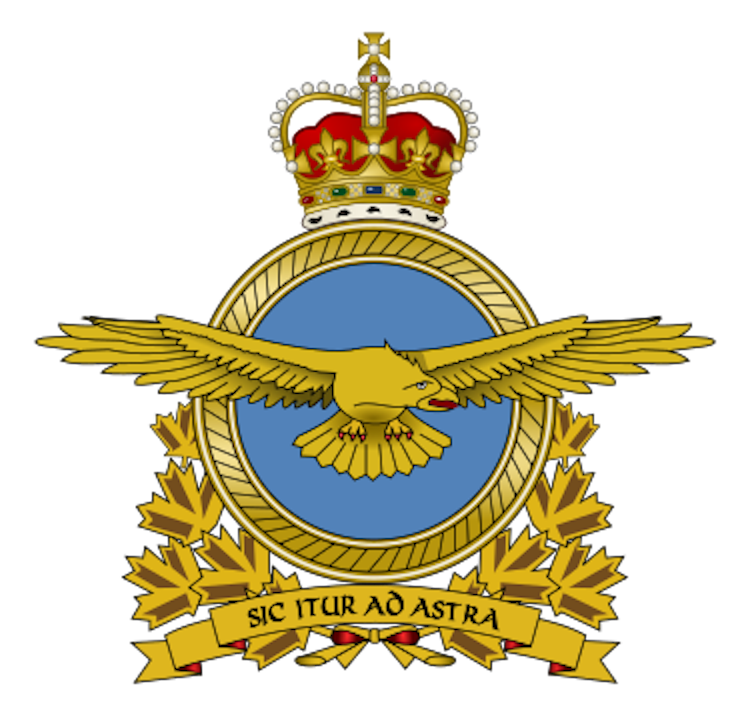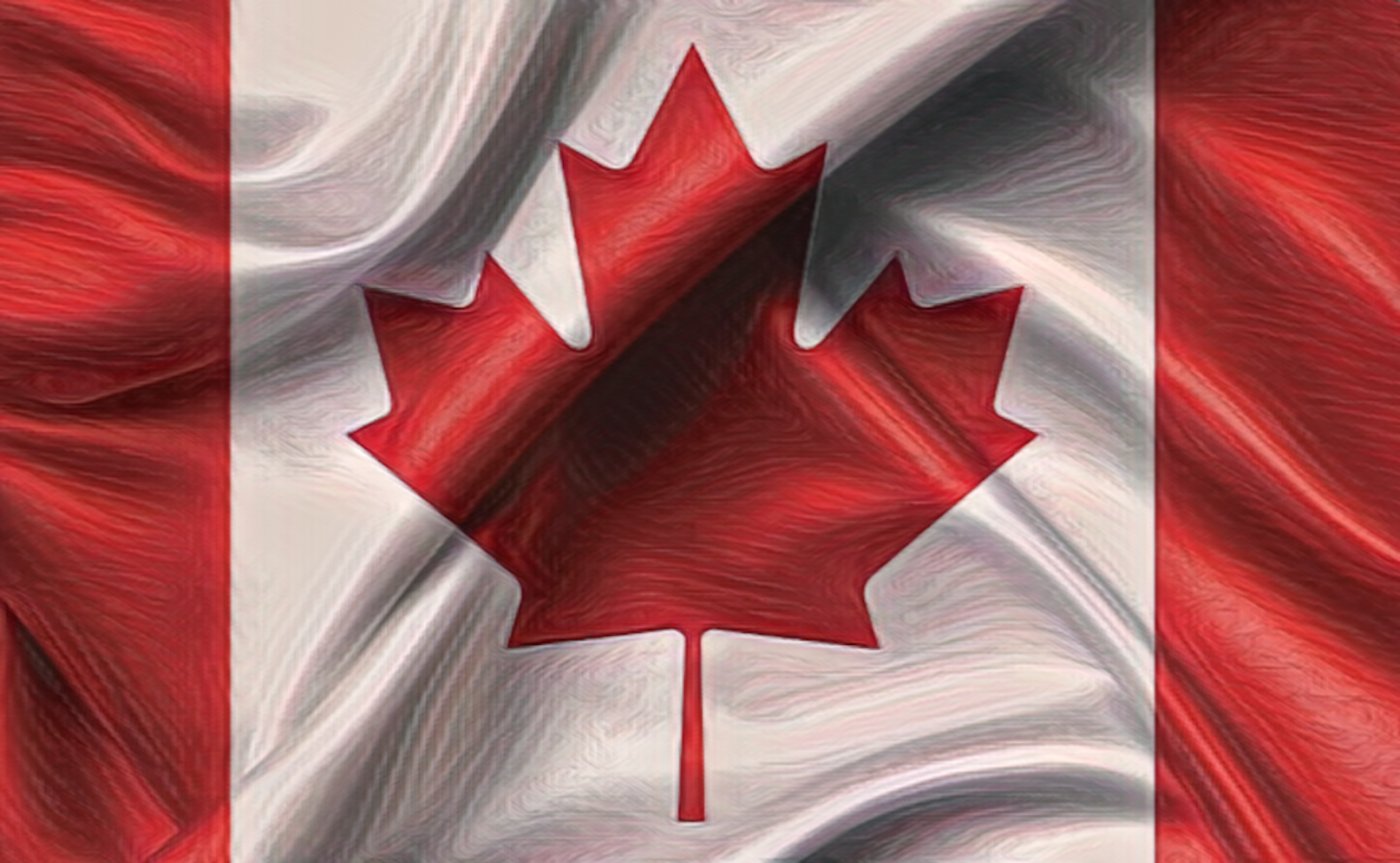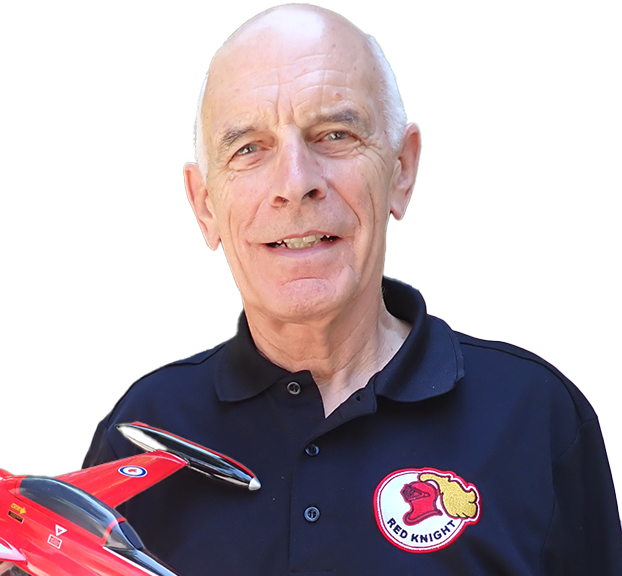
With immense honor and respect, we celebrate the centenary of the Royal Canadian Air Force (RCAF), an institution that embodies courage, excellence, and dedication to service over a remarkable century. Since its founding in 1924, the RCAF has played a crucial role in defending and promoting peace, shaping history, and inspiring generations.
Over a hundred years, the men and women of the RCAF have fearlessly taken to the skies, defending the ideals of freedom and justice that are fundamental to the Canadian identity. Their bravery in times of conflict, such as during World War II, where RCAF pilots significantly contributed to the Allied victory, is a testament to the courage and commitment of this exceptional air force.
Beyond combat moments, the RCAF has been a vital force in responding to natural disasters, humanitarian missions, and protecting Canadian airspace. Its legacy extends beyond geographical boundaries, touching lives and communities worldwide.
On the centenary of the RCAF, we pay tribute not only to the aviators and support personnel but also to the families who, with patience and resilience, supported their loved ones in service. We recognize the sacrifice and devotion that have permeated each decade of this extraordinary journey.
To the Royal Canadian Air Force, we express sincere gratitude for its exemplary service, continuous innovation, and vital role in defending the sovereignty and security of Canada. May this centenary be a moment of celebration, reflection, and inspiration for future generations who will continue to carry forward the impressive legacy of the RCAF. May the wings of the RCAF continue to soar high, defending freedom and peace for many more years. Congratulations on 100 years of exemplary service!


Lieutenant Colonel Rae Simpson
This biography was written by Rae Simpson for the RCAF 100th Anniversary Project initiated by the Jet Aircraft Museum in London, Ontario.
Where did my passion for flying come from and lead to the RCAF?
As a youngster growing up in Toronto/North York, I was interested in maths and science. Somehow I got interested in rockets and satellites and the jet fighters and bombers that were so frequently in daily newspapers as well as aviation magazines. Then Russia launched the first Sputnik. The Avro Arrow was rolled out the same day. I have vivid memories of seeing it fly over our house with a CF-100 on one wing and a Sabre on the other. I also remember seeing the first BOAC Comet passenger flight come into Malton as Toronto International Airport was known at the time.
I had a summer job in the mailroom of a big Toronto company – the other workers there were pensioners from wartime service. I talked airplanes all the time and one of them asked me what it was like to fly one. I didn’t know. He said, well why don’t you find out. That led to spending $3 on an introductory lesson at Central Airways at Toronto Island. That summer I spent two summers earnings on flying lessons and got my private pilot license just after my 17th birthday.
I was probably headed for Engineering anyway, but I was bitten by the aviation bug. I started university that year in Engineering Physics which was the route to Aeronautical Engineering (now called Engineering Science and Aerospace Engineering). I joined the RCAF immediately after first year in the Regular Officer Training Plan which paid for my tuition, provided a summer job, and I’d get trained as a pilot. Hopefully I wouldn’t flunk out or lose my aviation medical category.
RCAF training.
During the first two summers, as a flight cadet, I got flying training first on Chipmunks at Centralia, then on Harvards at Moose Jaw. The Air Force stopped summer flight training for University cadets when the Tutor entered service in 1964.
As a result, I was assigned that summer to ‘useful employment’ an assistant ops officer for 434 Sqn in Zweibrücken, Germany. The CF-104 was just being introduced at that time. Most of the pilots on squadron had previously flown Sabres in Germany as part of NATO air defence in the face of the Soviet threat in the 1950s – they were happy to tell a young flight cadet how those were the days of ‘real’ fighter pilots, trained in air-to-air combat, rather than the nuclear deterrence and reconnaissance missions of the CF-104. For a kid between years at University, it was an amazing learning experience. The chance to travel in Europe was equally educational – that was before the days of cheap air travel. That summer also got me my first flight in a T-33 as a passenger. Hard to believe that was almost exactly 60 years ago.
A bit of perspective - the RCAF was only 40 years old then. In 40 years, the RCAF had gone from biplanes to Spitfires, Hurricanes, and other big prop-powered fighters to Vampires and Sabre jets and was now operating the Mach 2 CF-104. Basic trainers had gone from the Avro 504 to Tiger Moth biplanes, then the ubiquitous Harvard which in 1964 was being replaced by the Tutor. The T-33 was already more than ten years in service as an advanced trainer. In the sixty years since, we have phased out the 1960s-vintage fighters and are still operating the CF-18 which replaced them. The Tutor, although no longer used as the basic trainer, still flies on with the Snowbirds. A bit of a contrast, the rate and nature of the evolutionary changes in the first 40 years of the RCAF versus the next sixty years and people of my vintage and later have experienced only the latter.
Full RCAF flight training started in 1966 after I finished University with a Masters degree in Aeronautical Engineering. I was sent to Gimli Manitoba for basic training on the Tutor followed by advanced training on the T-33, receiving my Air Force wings in 1967. I asked for, and was fortunate to get, operational training on the CF-104. That meant first going RCAF Station Chatham, NB, for transition training on the Canadair Sabre. Especially in hindsight, that was an amazing transition, coming out of a training environment where you were not a real pilot, you were a student, and rightly so. Then you get your wings and a couple of weeks later arrive at a new base where you’re treated like an adult and then, after some ground training, they put you into the legendary Sabre swept-wing fighter, single seat, no instructor, and tell you to go and fly it yourself. In the Sabre, the training was low-level navigation and bombing. During wings training, low altitude was around 1000 feet and speeds were 240 knots in the Tutor and 300 knots in the T-33. In the Sabre, altitude went down to 500 feet and speed went up to 360 knots.
After that, on to Cold Lake Alberta for six months conversion onto the CF-104. Low-level navigation was now at 250 feet, speed 450 knots. Bombing ingress to target was even lower – 50 feet – and speed 540 knots. You weren’t disturbing anybody flying at those heights in northern Alberta, certainly not over the ranges. The CF-104 was superb in those flight regimes, excellent flight path stability and with the tiny wings, you hardly noticed turbulence. Truly exhilarating.
Operational on Squadron in Germany.
From there I joined 439 Squadron at 1 Wing, Lahr, Germany, as an operational strike/reconnaissance pilot. In Europe, operational proficiency training was mostly at 800 feet which by that time seemed high to us. We covered Germany and much of France, Belgium and the Netherlands on the low level routes. Lots of squadron competitions that focussed on navigation accuracy – we were expected to be able to plot reconnaissance targets to within fifty metres on 1:50,000 topographic maps while flying at speeds that would cover ten inches of map in a minute. We all got very good at that. Those were amongst the best days in my life for flying, not just the sheer pleasure of it, but really high level of proficiency that we achieved.
Sadly, those days don’t last for ever. When I arrived, the RCAF had three Wings in Germany, each with two squadrons. In 1969, we closed one of the Wings but still maintained six squadrons. In 1970, our presence was further reduced. Three of the squadrons were disbanded and the remaining three were reduced in size and consolidated at Baden-Söllingen. That ended my days on squadron but I was fortunate to stay in Germany for two more years as the Flight Safety Officer at Baden-Söllingen with secondary duties as a maintenance test pilot.
In many respects, I was more interested in the technical workings of the airplane than I was in the strategies and tactics of carrying out warfare. My thesis at University had been on performance flight testing and I thought it would be a great to combine the Engineering and the flying if I could get into test flying. So as my operational fighter pilot days came to an end, I managed to get posted to the Aerospace Engineering Test Establishment (AETE) Cold Lake, Alberta, initially as a support pilot for just over a year while waiting to be sent to a test pilot school.
Test Flying
The most interesting project during that time was flying a T-33 in support of hail suppression research by the government of Alberta. The airplane was modified to carry over 100 silver-iodide-producing flares that were fired in different ways into thunderstorms with the aim of preventing the formation of hail or at least reducing the size of the hail stones to minimize crop damage.
In 1974 I was sent to the United States Naval Test Pilot School to learn how to evaluate aircraft performance and stability and control characteristics as well as the functioning of aircraft systems. That was a most memorable year, a lot of hard work, heavy on academics and report writing, and the experience of flying seventeen types of airplanes and helicopters, almost half of them as pilot-in-command.
Back to AETE in Cold Lake for four-and-a-half years as a qualified test pilot. Projects included testing new cockpit instruments, clearance of new weapons and external stores configurations including aircraft handling and performance, firing and jettisoning the stores, measuring limit structural loads and testing for flutter. I was lucky enough to be one of the first Canadians to fly the F-15 as we prepared for evaluations that led ultimately to the acquisition of the F-18.
That’s a five-line summary of almost five years of testing without touching on it being exciting or dangerous or how good you had to be to do it. Truth is that much of test flying is boring. Performance testing for range and endurance typically required stabilization on a test condition for a minimum of two minutes meaning airspeed ±1 knot and altitude ±20 feet of nominal condition and that there is no trend away from the nominal condition. More dynamic manoeuvring tests might only require five or ten seconds stabilization but that’s not easy either if, for example, the test is related to pulling up from a dive. Some testing was performed intentionally to take the aircraft to controllability limits, for example pulling up from a dive with a bomb or perhaps a full fuel tank on one wing and nothing on the other. Pull enough ‘g’ and eventually you can’t overcome the weight of the store and you can’t stop the roll towards the store. A lot of careful planning went into those tests to ensure that we had a real plan to respond to anticipated behaviour and even more analysis to identify possibilities for unanticipated behaviour, all to ensure that the test would end uneventfully, without danger and without excitement. I had a few incidents in my time at AETE but mostly not directly related to the test itself.
Ground Job in Headquarters.
You can’t fly forever in the RCAF or in most other Air Forces for that matter. After a year at Staff College, I spent three years in Materiel Command as one of two pilots in the Aerospace Engineering and Maintenance division. I was mainly involved with flight test policy and task development for AETE as well as the Aerospace Maintenance Development Unit in Trenton.
To AETE again as Senior Test Pilot
I must have done all right in the HQ job as I was promoted to Lieutenant Colonel and sent back to AETE as Senior Test Pilot in 1983. It was certainly a privilege to lead the flight operations side of AETE with a superb group of dedicated pilots. On the other hand, they had all the fun performing the tests and flying the aircraft – I could do some project test flying, safety and photo chase missions, but the paper work was high in quantity and low on enjoyment. That position lasted for three years after which my active Air Force flying was over.
More ground jobs and then retirement from the RCAF.
After leaving AETE in 1986, while active flying was behind me, I couldn’t complain about where I was posted or the quality of the assignments. I spent six years at the Supreme Headquarters, Allied Forces Europe (SHAPE), the major NATO Command in Mons Belgium. I was in the Combat Requirements branch of the Operations division involved with defining air force equipment and facilities needs to meet evolving NATO concepts and working on various NATO Armaments Groups on co-operative development and standardization of equipment. We also had regular exercises of my war task assignment on an airborne NATO operations centre that operated out of England and the Azores in the event of hostilities.
I was next posted to the Sinai peninsula of Egypt as part of the Multi-National Force and Observers between Egypt and Israel. A year later, it was back to Toronto on the Directing Staff of the Canadian Force Command and Staff College. The Cold War had wound down by then and Canada was in the throes of force reductions. As a result, I retired in early 1995 after almost 33 years of service.
Post retirement
After retiring from the RCAF, I joined Bombardier/DeHavilland Canada as Chief Flight Test Engineer for the Dash-8-400 (or Q400) certification program. Then on to Transport Canada in System Safety and then the Transportation Safety Board of Canada as an investigator.
After retiring from TSB in 2012, we moved west to BC and then promptly got involved on a contract basis with the International Test Pilots School at London, working three or four months a year depending on their course requirements. That was an exciting time for ITPS, growing from a fledgling operation with a handful of staff using leased aircraft and rented facilities to the world-class organization it is today. It was an exciting time for me, no longer able to call myself a youngster, to be back into fast jet aircraft.
That was when I got introduced to the Jet Aircraft Museum and in due course had the honour and privilege of flying the initial test flights of the Red Knight when it emerged from restoration and a week later of flying it in the heritage flight at the 2018 ASL London Air Show.
To come back to the theme of tribute to the RCAF on occasion of it’s one hundredth birthday, let me reflect on a couple of enduring legacies from days long past of the RCAF:
• Skill - as exemplified in the training that the RCAF has provided to generations of pilots, maintainers and support staffs through the BCATP in the Second World War, the various NATO pilot training schemes hosted in Canada, and the various RCAF schools and colleges over the years.
• Excellence – as demonstrated by display teams such as Golden Hawks, Centennaires, Snowbirds and indeed the Red Knight; as displayed in various competitions – SAR, maritime patrol, air defence; as displayed in operational responses in Afghanistan, the Gulf wars, Bosnia, and a multitude of peacekeeping, humanitarian, and other emergency situations.
• Individual dedication and passion – to make all that happen.